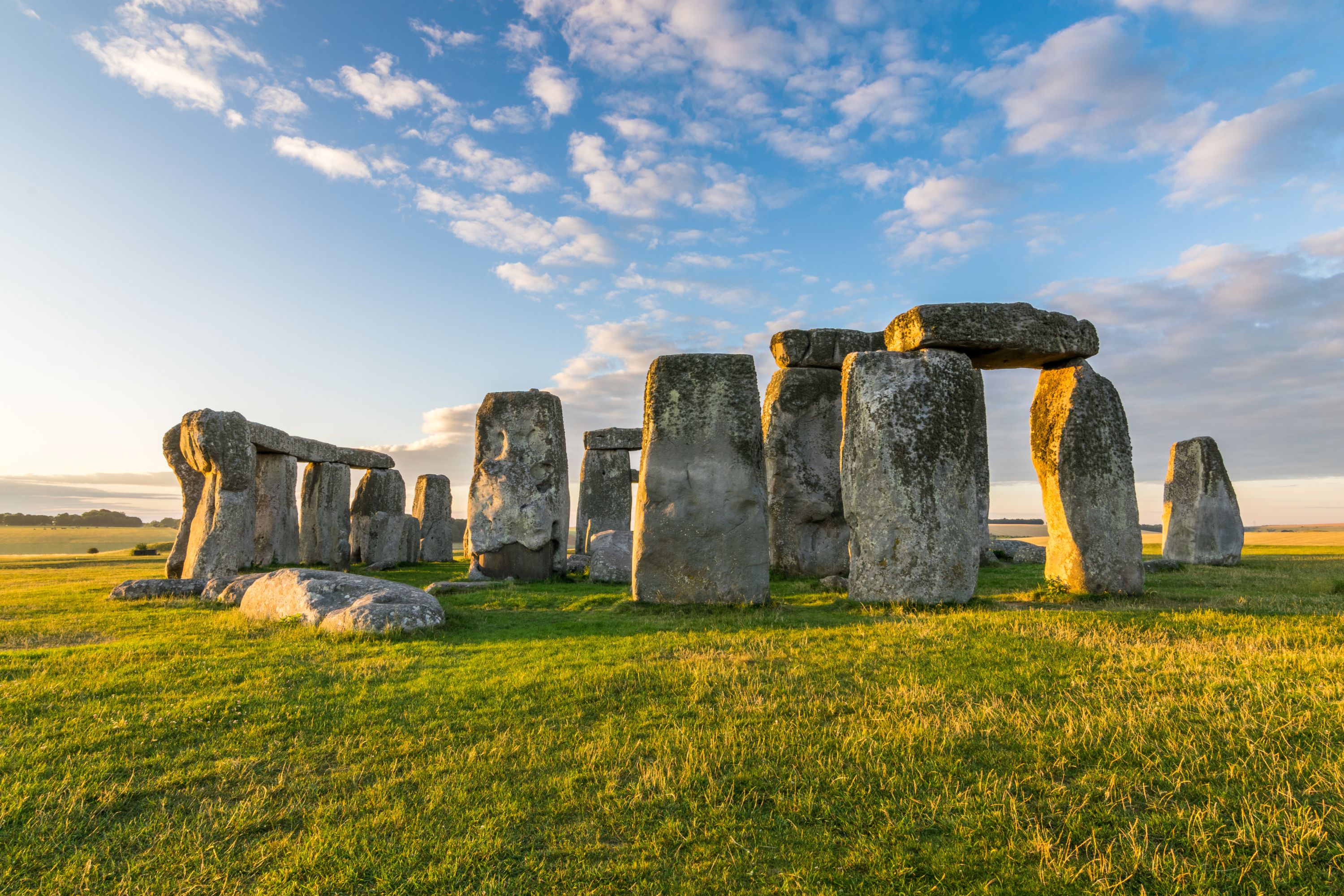The Origins Of The Six-Ton Altar Stone, A Significant Part Of Stonehenge, Have Finally Been Tracked Down, Tracing Back To Northeast Scotland

At long last, researchers have managed to track down the origins of a unique stone that is a significant part of Stonehenge, a prehistoric monument in southwest England. The stone is the six-ton “Altar Stone,” which lies in the center of the structure.
For more than a century, the Altar Stone was thought to have come from South Wales. But, the new research shows that it likely originated from what is now northeast Scotland, located at the opposite end of Great Britain from where the monument stands.
Stonehenge is a stone structure from the Neolithic period. It was built by arranging a number of large stones in a circular shape. Experts believe construction of the monument began around 5,000 years ago. Over the next two millennia, several changes and additions were made.
“The Altar Stone is unique in the monument in terms of its size, weight, rock type, and position in the monument. However, little is known about the Altar Stone—when it arrived on site, whether it ever stood erect or was always recumbent—and as a consequence, little is known about its purpose,” said Richard Bevins, a co-author of the study with the Department of Geography and Earth Sciences at Aberystwyth University in Wales.
The Altar Stone measures roughly 16 by three feet and is 20 inches thick. It may have been placed within the stones sometime around 2620 to 2480 B.C. during the second phase of construction. Previously, two main types of stone within the monument were identified—sarsen stones and bluestones.
The majority of sarsen stones appear to have been obtained from the West Woods, which is about 15 miles away. The bluestones are mostly from west Wales. The Altar Stone is made from sandstone and has been traditionally categorized with the bluestones.
“The original proposal for a west Wales origin for the Altar Stone dates back over a century. In 1923, geologist H.H. Thomas suggested a west Wales origin, in the belief that all the bluestones came from a restricted part of the country,” Bevins said.
The researchers analyzed the chemistry and age of mineral grains from samples of the Altar Stone. They found that the chemistry and age of the grains were the same as the ones of rocks from outcrops in northeast Scotland.
Their analysis also revealed a chemical makeup indicating that the Altar Stone is from the Orcadian Basin, which formed in northeast Scotland and is located more than 400 miles away from Stonehenge.
Donald – stock.adobe.com – illustrative purposes only
Sign up for Chip Chick’s newsletter and get stories like this delivered to your inbox.
So, how was the enormous Altar Stone transported across such a vast distance, especially given the technological limitations of the Neolithic period?
The results of the study suggest that long-distance trade networks existed and that societal organization was at a higher level in Neolithic Britain than previously thought. This allowed for advanced methods of transportation to be developed.
Due to the geographical features of Britain, transporting the stone across land would’ve been an extreme challenge. It is likely that a sea route was used instead.
Jake Ciborowski, a geologist at the University of Galway in Ireland who was not involved in the latest study, called the transportation of the Altar Stone “an astonishing achievement” that “says much about their ingenuity and importance they placed on sourcing materials for specific cultural purposes.”
The study was published in the journal Nature.
Welcome to Billionaire Club Co LLC, your gateway to a brand-new social media experience! Sign up today and dive into over 10,000 fresh daily articles and videos curated just for your enjoyment. Enjoy the ad free experience, unlimited content interactions, and get that coveted blue check verification—all for just $1 a month!
Account Frozen
Your account is frozen. You can still view content but cannot interact with it.
Please go to your settings to update your account status.
Open Profile Settings